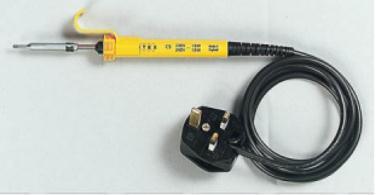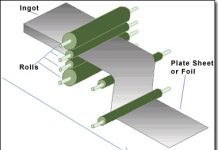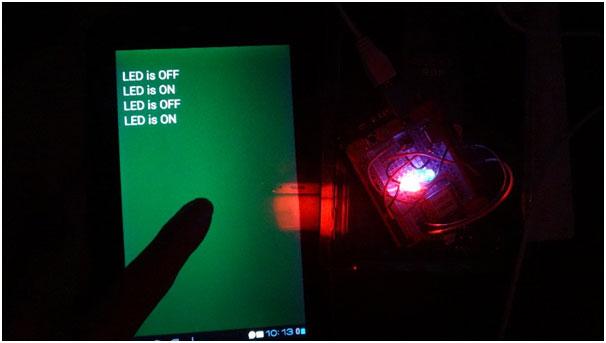Defects due to Fungi and Insects
Defects due to fungi and insects in timber involve fungi, dryrot, and wetrot which are discussed as under.
Fungi in timber use the wood as their food and destroy the same. It acts on the wood tissues and cells and cause decay. There are two types of defects in wood because of fungi and insects which are known as dry rot and wet rot.
Dry rot is a type of fungus on dry wood which feeds on damp wood and breaks it down. Dry rot is so called because infected wood eventually becomes lighter in weight and takes on the appearance of being badly charred by fire, except that it is brown in color instead of black and crumbles under slight pressure. This fungus cannot develop in wood which has a sap content of less than 20% so that to prevent it, all that is really necessary is to use seasoned timber and to keep it dry.
Wet rot in timber is the decay due to dampness. The wood looks wet due to fungi attack on living trees. The effected positions of wood are reduced to a gray brown powder. Well seasoned wood, protected by painting etc., will avoid wet rot.
Insects such as beetles, borers and white ant attack the wood and render it of no use. Beetles are commonly found in temperate region and the field of tropical and non tropical regions. Beetles use timber as their food. Borers produce holes in the timber to find shelter for living. White ants or termites are very common in warm temperature countries. They attack the wood, and make it hollow from inside. The insect attack may be controlled through the use of insecticides. In another method, the timbers are placed in a kiln where steam and heat are used to suffocate the pests. Copied from Basic of Manufacturing Processes and Workshop Technology by Rajender Singh.














